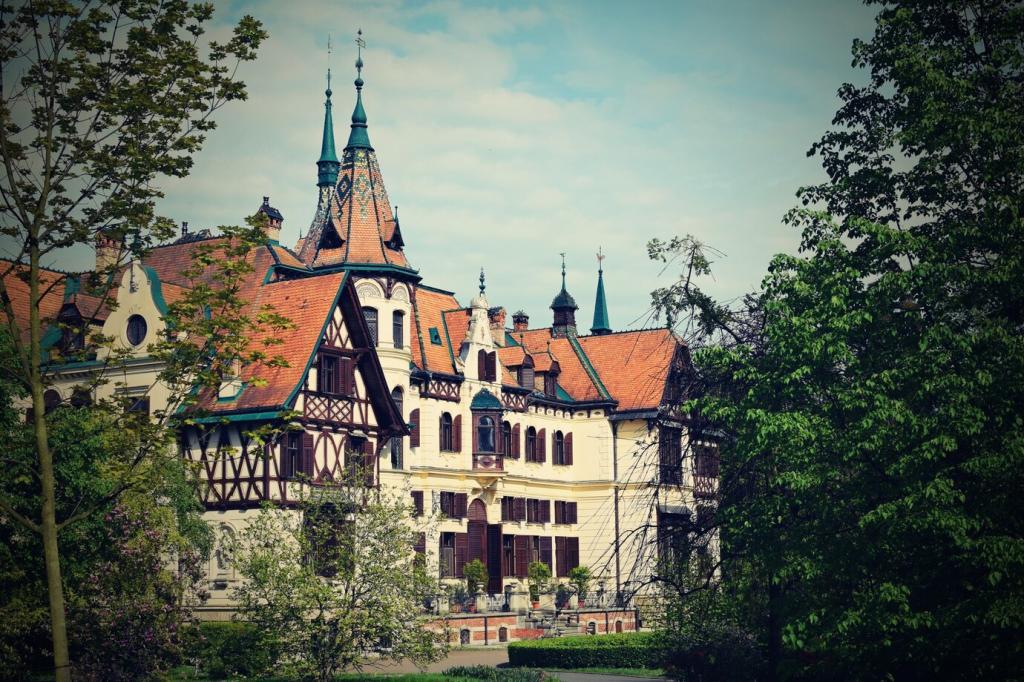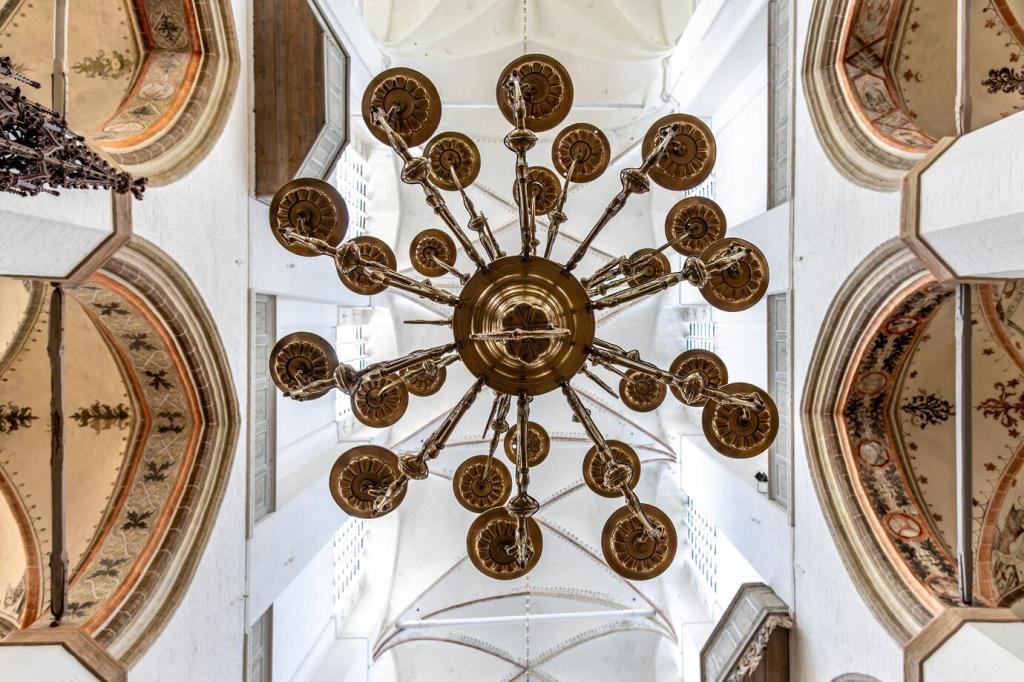Foundations: From Renaissance Balance to Baroque Drama
Borrow the Renaissance love of balance by mirroring key pieces: a pair of lamps framing artwork, or twin chairs facing a fireplace. Use the golden ratio loosely to size rugs and art, then soften the geometry with plants and books. Share a quick sketch of your layout in the comments for friendly feedback.
Foundations: From Renaissance Balance to Baroque Drama
Baroque interiors relished drama—think chiaroscuro, textured drapery, and luminous highlights. Layer dimmable table lamps with a single statement sconce to create pockets of glow. Try candle-style bulbs for warmth and velvet for depth. What’s your favorite dramatic corner at home? Tell us, and inspire another reader’s evening ambiance.
Foundations: From Renaissance Balance to Baroque Drama
I refreshed a dull hallway with symmetrical frames, a narrow console, and a small convex mirror that doubled the light—simple Renaissance order, instant calm. A dark runner added Baroque richness without crowding the space. If you try something similar, drop before-and-after photos; we might feature your transformation next week.


